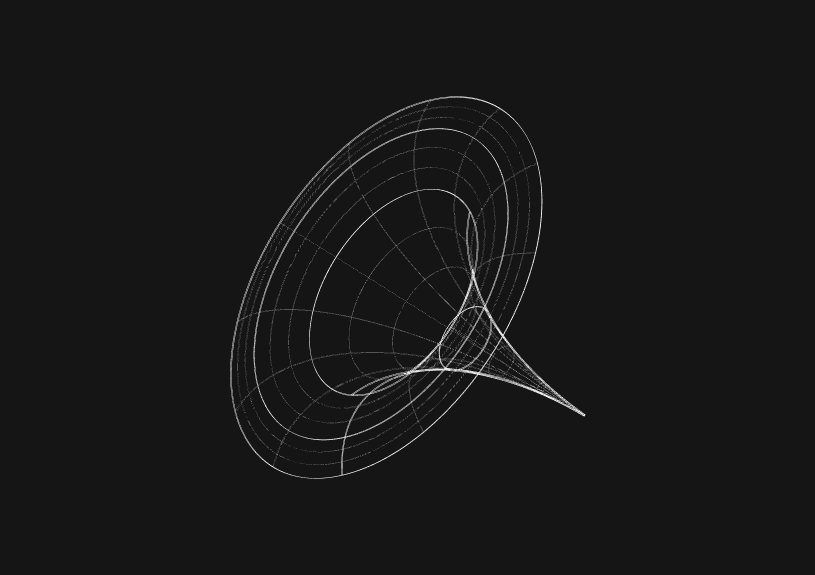
How to Delete a Git Repository
Deleting a Git repository is an important step for maintaining a clean and organized development environment. This guide will help you delete a Git repository. Remember, while deletion can help in managing your projects more effectively, it's a permanent action, so you should proceed with caution.
How to delete a local Git repository?
To delete a local repository, delete its directory from your computer. The local repository consists of a directory containing a .git folder, which holds all the Git tracking information and history.
rm -rf /path/to/your/repository
Ensure you replace /path/to/your/repository with the actual path to the repository you wish to delete. Use rm -rf with care, as it permanently deletes the folder and its contents.
How to delete a remote Git repository?
GitHub
- Go to the repository's main page on GitHub.
- Click "Settings" under the repository name.
- In the "Danger Zone," find and click "Delete this repository."
- Carefully read the warning to understand the permanence of this action.
- Enter the repository name for confirmation.
- Click "I understand the consequences, delete this repository" to finalize the deletion.
GitLab
- Navigate to your project's homepage on GitLab.
- Select "Settings" from the left sidebar, then "General."
- In the "Advanced" section, click "Remove project."
- Carefully read the provided warning message.
- Enter the project name for confirmation.
- Click "Confirm" to delete the project.
Bitbucket
- Open the repository you want to delete on Bitbucket.
- Select "Settings" from the left sidebar.
- Scroll to "Delete repository" and click it.
- Read the warning to fully understand the action's finality.
- Type in the repository name as confirmation.
- Click "Delete" to proceed with the deletion.
Deleting a repository, particularly a remote one, is irreversible. It removes all files, history, and settings associated with the repository. Always ensure you have necessary backups or consider archiving the repository if you might need its contents in the future. Proceeding with caution and ensuring you're ready for this permanent step is essential.
The next generation of charts and BI.
Coming soon.
Fast. Opinionated. Collaborative. Local-first. Keyboard centric.
Crafted to the last pixel. We're looking for early alpha users.
How to Center a Table in HTML with CSS
Jeremy Sarchet
Adjusting HTML Table Column Width for Better Design
Robert Cooper
How to Link Multiple CSS Stylesheets in HTML
Robert Cooper
Mastering HTML Table Inline Styling: A Guide
Max Musing
HTML Multiple Style Attributes: A Quick Guide
Max Musing
How to Set HTML Table Width for Responsive Design
Max Musing






